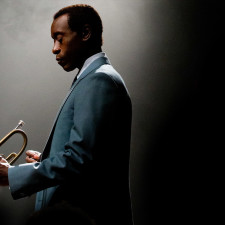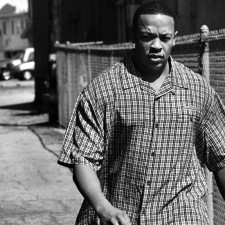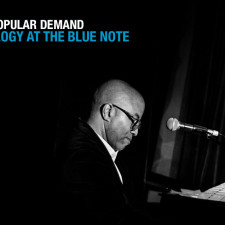Part 2
In a recent interview with Nate Chinen, Robert Glasper detailed an aesthetic strategy that would position him to assuage traditionalists’ criticism of his dual pedigree in hip hop and jazz as well as provide him a space to experiment. Beginning with an impressive set of trio recordings in the tradition of bebop pianist Bud Powell (always a litmus test for the modern jazz pianist), his recorded work gradually moved into other conceptual and sonic territories. His CD Black Radio is the latest iteration of this on-going journey.
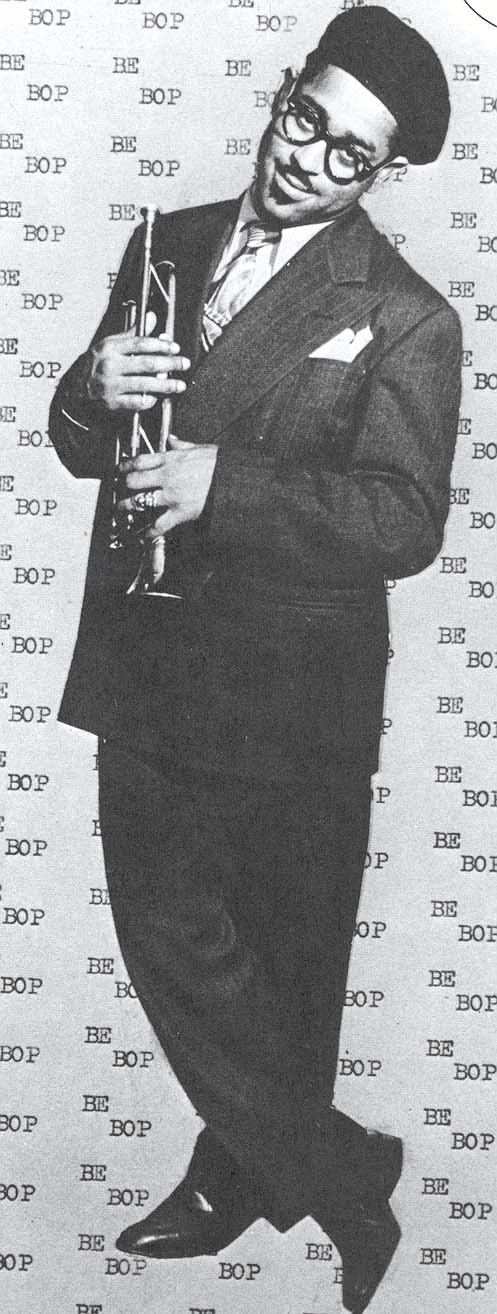 Brands are powerful entities, particularly in the music industry. Although he claims roots in gospel, R&B, jazz, and hip-hop, Glasper broke into the public consciousness as a “jazz pianist” and it’s hard to break away from that rubric once it sticks. The same is true for any artist whose work is marketed in a system that makes money from rigid predictability. This “agreement” becomes a social contract that ultimately seeks to discipline what artists produce, how companies sell it, and the spending and listening habits of specific demographics.
Brands are powerful entities, particularly in the music industry. Although he claims roots in gospel, R&B, jazz, and hip-hop, Glasper broke into the public consciousness as a “jazz pianist” and it’s hard to break away from that rubric once it sticks. The same is true for any artist whose work is marketed in a system that makes money from rigid predictability. This “agreement” becomes a social contract that ultimately seeks to discipline what artists produce, how companies sell it, and the spending and listening habits of specific demographics.
Let’s think about the musical side of all this. The historical idea of the jazz musician’s art in which Glasper began his recording career coalesced into its present configuration in the years following the 1940s bebop movement. As historian Scott DeVeaux explains:
“In the wake of bebop, we no longer think of jazz improvisation as a way of playing tunes but as an exacting art form in itself that happens, as a rule, to use popular music as a point of departure. In the hands of a jazz improviser, a copyrighted popular song is less text than pretext. Its crucial identifying feature—melody—is erased in the heat of improvisation, leaving behind the more abstract and malleable level of harmonic pattern. Out of the ashes of popular song comes a new structure, a new aesthetic order, shaped by the intelligence and virtuosity of the improviser; and it is to that structure, and that structure alone, that our attention should be drawn.”
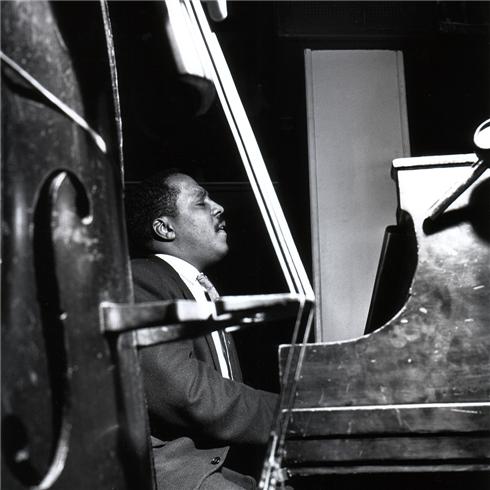 The new aesthetic order, one grounded in the idea of virtuoso spectacle, has been both blessing and curse, an ideal that has, on the one hand, created expressions of sublime beauty, and on the other, eroded the economic base of the once popular music with exercises in abstraction that some claim are too difficult to decipher. (Sidebar: thanks, in part, of course, to an educational system that’s tying teachers’ hands behind their backs as they are bullied into teaching to standardized tests and thus denying a generation of potential audience bases access to the idea of sustained artistic engagement on a wide range of expressions. But I digress.)
The new aesthetic order, one grounded in the idea of virtuoso spectacle, has been both blessing and curse, an ideal that has, on the one hand, created expressions of sublime beauty, and on the other, eroded the economic base of the once popular music with exercises in abstraction that some claim are too difficult to decipher. (Sidebar: thanks, in part, of course, to an educational system that’s tying teachers’ hands behind their backs as they are bullied into teaching to standardized tests and thus denying a generation of potential audience bases access to the idea of sustained artistic engagement on a wide range of expressions. But I digress.)
Another one of Glasper’s pedigrees, the sonic world of hip-hop has its own social contract. Indeed, some of its themes of nihilism and confrontation have tended to eclipse the dynamism of its sonic tendencies. Nonetheless, as a system of sound organization it has (like contemporary gospel music) flaunted an irreverent and irrepressible voracious muse, absorbing sound elements as quickly as they appear in the public sphere. Historian Robin D.G. Kelley traces this tendency—one that reflected the portability, reinforcement and transcendence of ethnic identities as they have been bound to specific sound organizations—back to the early days of hip-hop:
“From the outset, rap music embraced a variety of styles and cultural forms, from reggae and salsa to heavy metal and jazz. Hip Hop’s hybridity reflected, in part, the increasingly international character of America’s inner cities resulting from immigration, demographic change, and new forms of information, as well as the inventive employment of technology in creating rap music.”
 Glasper’s Black Radio project indexes and then tackles all of these histories, including the contested complaints from both sides of the river: that “real” hip-hop and “real” jazz should/should not have greater commercial viability. Indeed, all of the sonic and social agreements of hip-hop, jazz, and gospel congeal in thoughtful, art-full, groove-based arrangements on this recording (and in the live shows, though in different ways). When one sinks into the crafty details of the songs, into their conceptual and technological framing, into their harmonic environment and relationship to popular song, and into the ideas of virtuoso performance, accessibility and even spirituality, we can better understand this work as an example of “post-genre” black music. The project plays with sonic, social, and iconic symbols in a way that recalibrates calcified, boring ideas about genre and turns them on their head, all with a good sense of funky adventure.
Glasper’s Black Radio project indexes and then tackles all of these histories, including the contested complaints from both sides of the river: that “real” hip-hop and “real” jazz should/should not have greater commercial viability. Indeed, all of the sonic and social agreements of hip-hop, jazz, and gospel congeal in thoughtful, art-full, groove-based arrangements on this recording (and in the live shows, though in different ways). When one sinks into the crafty details of the songs, into their conceptual and technological framing, into their harmonic environment and relationship to popular song, and into the ideas of virtuoso performance, accessibility and even spirituality, we can better understand this work as an example of “post-genre” black music. The project plays with sonic, social, and iconic symbols in a way that recalibrates calcified, boring ideas about genre and turns them on their head, all with a good sense of funky adventure.
Next time, I’ll discuss how all of this works in some specific songs.
Dr. Guy
Tags: Bebop, Black Radio, Bud Powell, Dizzy Gillespie, genre, Hip-Hop, Jazz, Robert Glasper, Robert Glasper Experiment, Robin D.G. Kelley, Scott DeVeaux

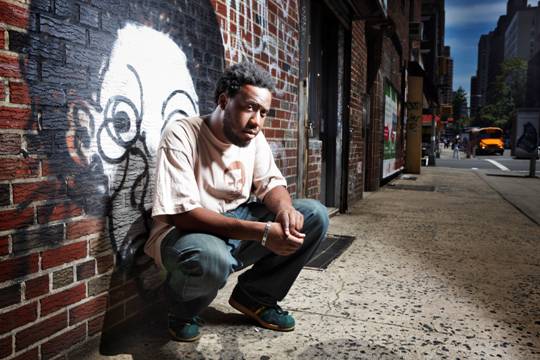
 Share On Facebook
Share On Facebook Tweet It
Tweet It

